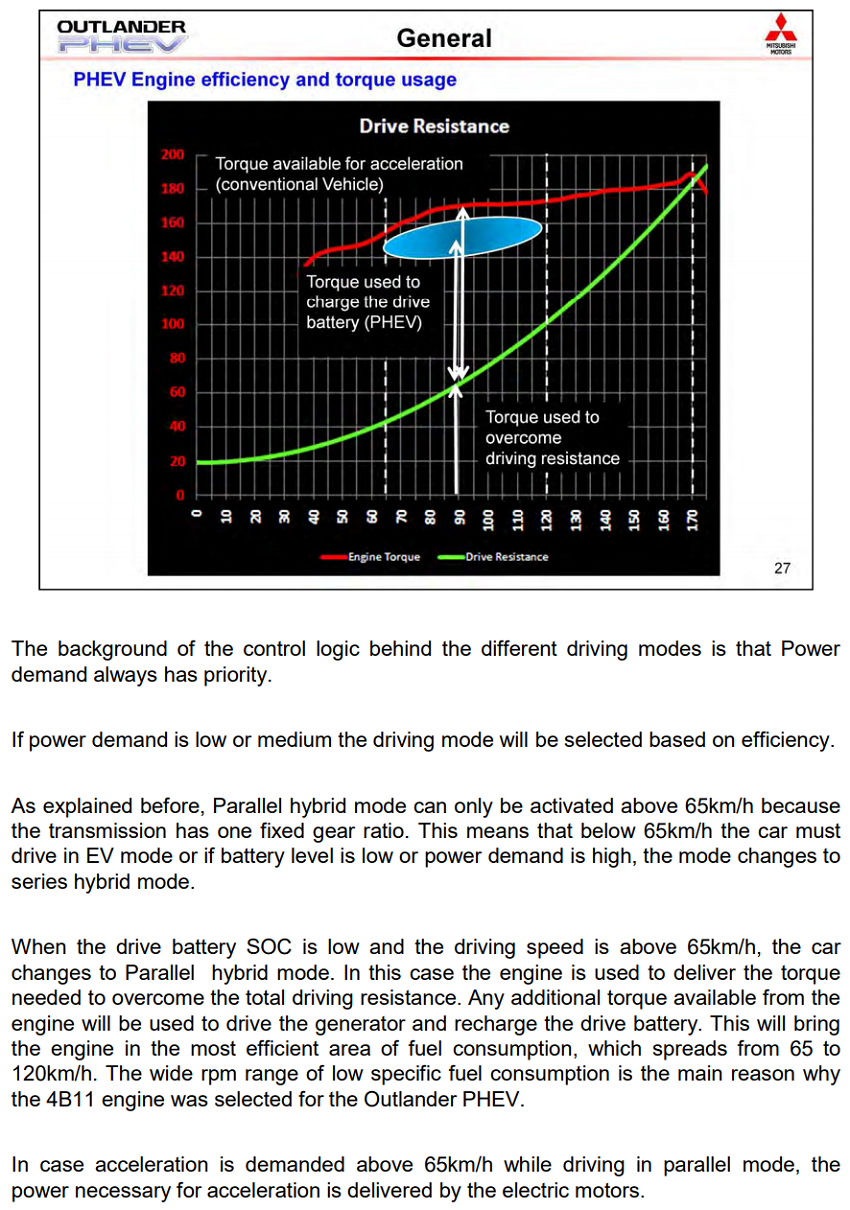anko
Well-known member
You do not care about staying on topic, do you :lol:elm70 said:For me ... the ideal solution would be to force serial mode before SOC go to critical level ... charge up to 50% SOC ... and then back in parallel mode till 30% SOC
I guess you cannot have what you want, as the car will not allow you to do it. But what if you could increase (or better maintain) SOC without dropping out of serial mode? For example ... by installing smaller tires? That would be much more comfortable to the ears AND more efficient as it does not require serial mode :idea:

